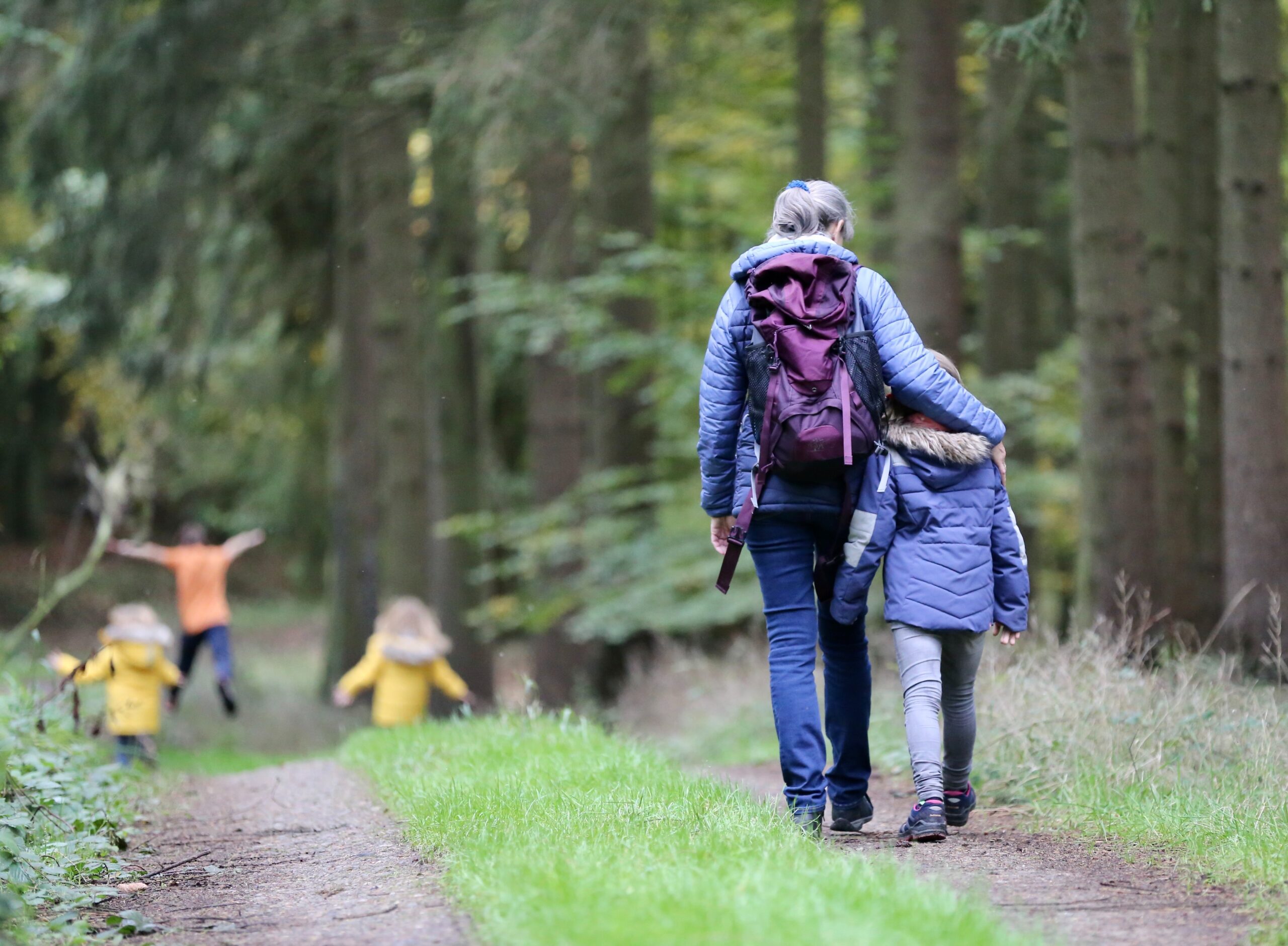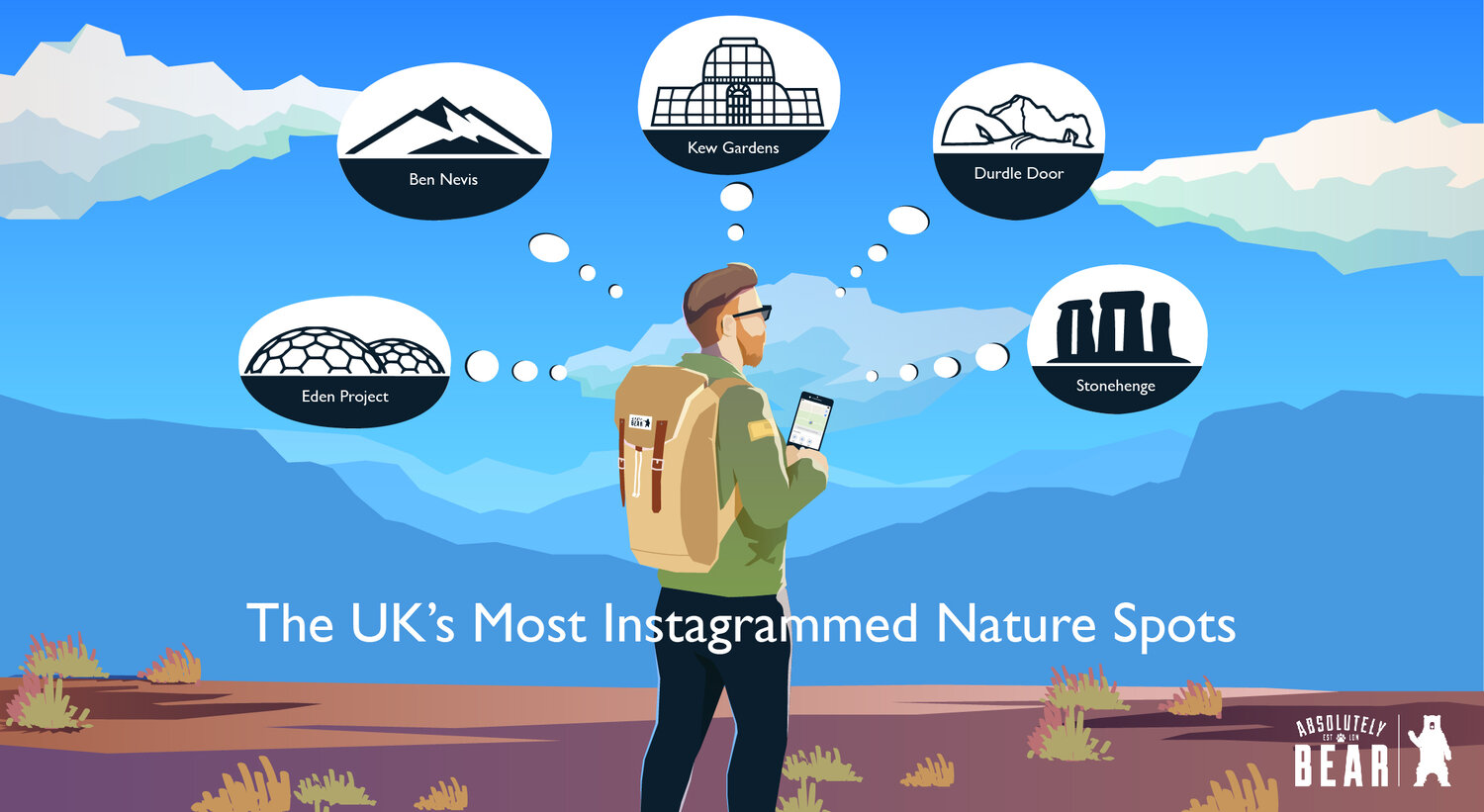
To help parents inspire a generation of nature enthusiasts, wildlife expert Sean McMenemy shares his research on the most dazzling nature reserves to visit, what wildlife to spot there, and the benefits of engaging in these activities as a family.
The UK is brimming with beautiful nature reserves for wildlife-spotting, yet our kids seem more disconnected from the outdoors than ever.
News this month revealed that a natural history GCSE could be announced in the coming weeks – a course aiming to use education to inspire our youth to value wildlife, which is ultimately essential for protecting our natural world from collapse.
However, parents can play a key role in inspiring kids to love nature well before they reach GCSE age. Luckily, the UK boasts plenty of beautiful and biodiverse nature reserves where wildlife and plants are protected to allow them to thrive. Plus, it won’t make a dent in your bank account — nearly all of them are free for families to enter.
Sean McMenemy and the wildlife experts at Ark Wildlife analysed over 150,000 hashtags from the UK’s most wildlife-abundant nature reserves to uncover the best spots across the nation to visit as a family this autumn. Did a nature reserve near you make the ranking?
What wildlife can you spot at the top 10 most stunning UK nature reserves?
1. Gogarth Nature Reserve, North Wales
https://www.northwaleswildlifetrust.org.uk/nature-reserves/gogarth
Located in Llandudno on the Western slopes of the Great Orme, Gogarth is a special location to spot some beautiful species. Sitting on a steep grass bank, this one is for experienced walkers and older children. However, for those with smaller kids, the stunning view can be enjoyed from the Marine Drive above.
Wildlife to look out for here:
- Chough birds
- Silver-studded blue butterflies
- Grazing sheep and goats
- Glow worms (at night)
2. Ditchling Beacon Nature Reserve, Sussex
https://sussexwildlifetrust.org.uk/visit/ditchling-beacon
For spectacular 360 degree, panoramic views of the Weald and coastal strip, head to Ditchling Beacon which is located on one of the highest points on the South Downs. This is a great one for kids who like taking photos – the beautiful view will be worth the walk!
Wildlife to look out for here:
- The musk orchid
- The marsh fragrant orchid
- The deep blue/purple of round-headed rampion (grows in abundance in late summer)
3. Northumberlandia Nature Reserve, Northumberland
https://www.nwt.org.uk/node/375
The Lady (as she is known!) is made out of clay, rock and soil and is 100 feet high. Northumberlandia surrounds her — beautiful countryside which changes with the seasons.
No entry fee, and plenty of parking on site (suggested donation £2 per person).
Wildlife to look out for here:
- Pond birds, butterflies and meadow flowers
- Kestrels and buzzards soaring high
- The great crested and smooth newt
4. Crickley Hill Nature Reserve, Gloucestershire
https://www.gloucestershirewildlifetrust.co.uk/node/381
Crickley Hill sits above the Severn Plain and the city of Gloucester and commands spectacular views and a wealth of wildlife and archaeology. This one is free to enter but there are parking charges. It boasts a visitors centre, toilets, cafe and baby changing facilities.
Wildlife to look out for here:
- Slow worms
- Adders
- Wildflowers (including several types of orchid)
5. St Catherine’s Hill Nature Reserve, Hampshire
https://www.hiwwt.org.uk/node/392
Climb up St Catherine’s Hill’s wooden stairs to 220ft to see awe-inspiring views of Winchester city and the Itchen Valley floodplains. There is also a flatter route available if you’d rather avoid the incline. Road parking, free entry (donations welcome).
Wildlife to look out for here:
- Butterflies
- Rare orchids
- The green woodpecker
6. Bowness on Solway Nature Reserve, Cumbria
https://www.cumbriawildlifetrust.org.uk/node/413
If you like the idea of visiting a smaller nature reserve with the kids, this is your place. It is small but mighty, with a diversity of habitats bursting with wildlife in this former gravel quarry. Free entry, donations gratefully received
Wildlife to look out for here:
- The emperor dragonfly (the largest dragonfly in Britain!)
- Moths
- Butterflies
7. West Bexington Nature Reserve, Dorset
https://www.dorsetwildlifetrust.org.uk/node/1100
Located behind a shingle beach, this is a beautiful coastal reserve to spot a wide range of migrant bird species. The reserve includes a stretch of reedbed with grazing marsh and mixed coastal scrub.
Wildlife to look out for here:
- Cetti’s warbler
- Water vole
- Great crested newt
8. Flamborough Cliffs Nature Reserve, Yorkshire
https://www.ywt.org.uk/node/402
On your autumn visit you may be lucky enough to see the cliffs packed with the most important seabird migrations in Europe — tens of thousands of birds — a breathtaking experience! The grassland is carpeted in flowers attracting butterflies — a slice of wildlife heaven.
Wildlife to look out for here:
- Gannets
- Gulls
- Breeding auks
9. Falls of Clyde Nature Reserve, South Lanarkshire
http://www.scottishwildlifetrust.org.uk/reserve/falls-of-clyde/
A reserve with a wow-factor…spectacular waterfalls! There are also tranquil woodland walks. If you are there in the evening, you might spot Daubenton’s bats over the river. A truly magical place. Admission is free.
Wildlife to look out for here:
- Badgers
- Kingfisher
- Otters
10. Warley Place Nature Reserve, Essex
https://www.essexwt.org.uk/nature-reserves/warley-place
This stunning reserve is also a chance to learn about history – the Edwardian gardens once belonged to Ellen Willmott who introduced plants into it from all over the world. Spectacular flowers, trees and birds can be enjoyed throughout the year.
Wildlife to look out for there:
- Nuthatch birds
- Woodland butterflies
- Bats
What are the benefits of helping our kids engage with wildlife?
As well as fostering a desire to take care of our environment, engaging with nature is important for maintaining mental wellbeing. According to a study by The Wildlife Trusts, after connecting with nature during outdoor activities, 79% of children reported feeling more confident in themselves.
The benefits of getting children involved in wildlife activities are also evident in a study commissioned by the National Trust that found listening to woodland sounds, such as birdsong, led to a 30% increase in feelings of relaxation.
Sean McMenemy, wildlife expert and director at Ark Wildlife, said:
“Nature reserves are vital for conservation work to help to protect our wildlife and to protect our planet for future generations. It is a joy to capture wildlife in action or a stunning sunset and to share these images to increase conservation awareness, but we don’t want digital photos to be all that is left if these habitats disappear. Maintaining wild areas across the UK to allow people to engage with wildlife is also good for our mental health. Using precious holiday time to slow down and appreciate the natural world is greatly beneficial as it contrasts starkly with our fast paced digital existences.
Make sure to follow the rules of the nature reserve to keep our wildlife safe — don’t leave litter, don’t make sudden loud noises to startle the wildlife, and don’t feed them food that may be harmful to them. Also be mindful when taking photographs (no flash) and no drones.
I hope that a visit to a nature reserve will inspire you to create your own wildlife area back home — whether that’s letting an area in your garden grow wild or creating a wildlife haven in a community space.”



